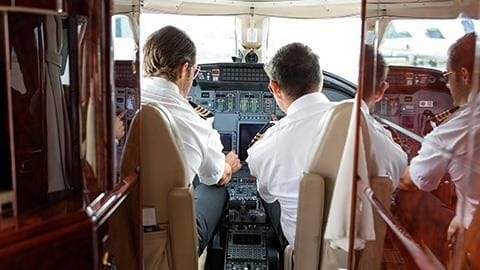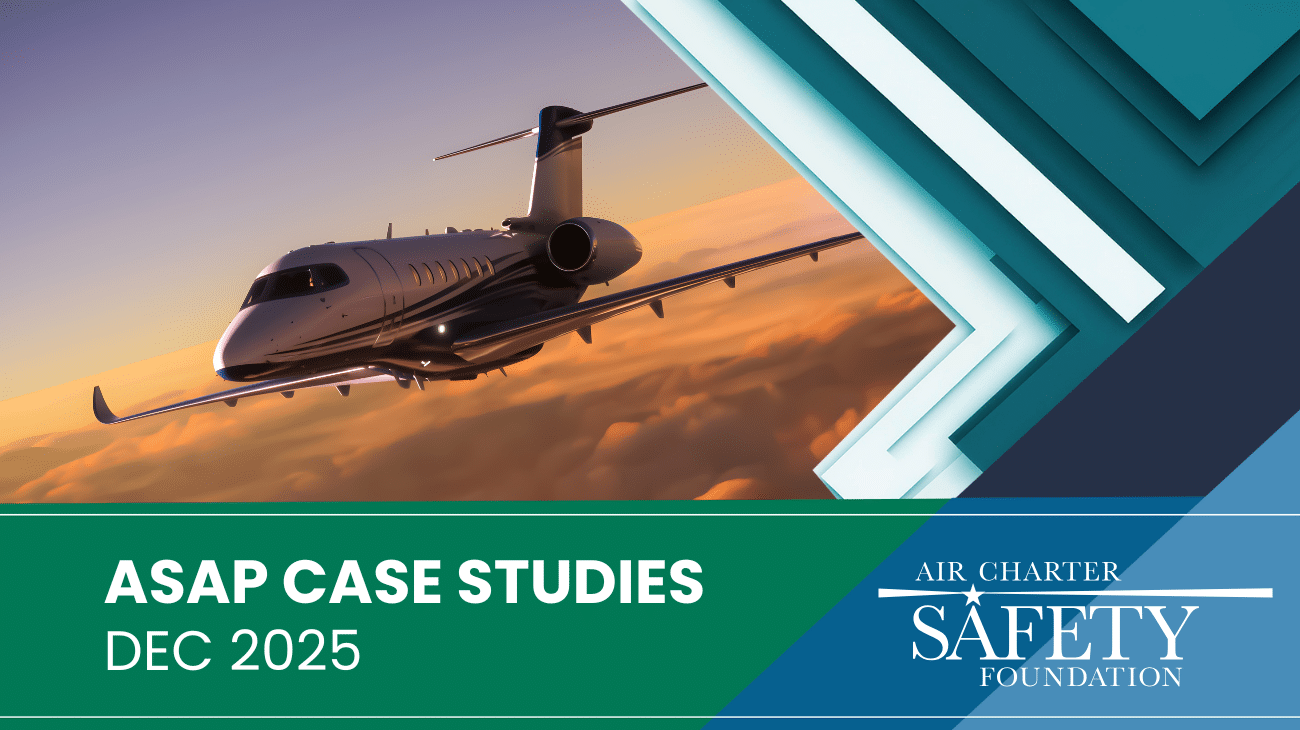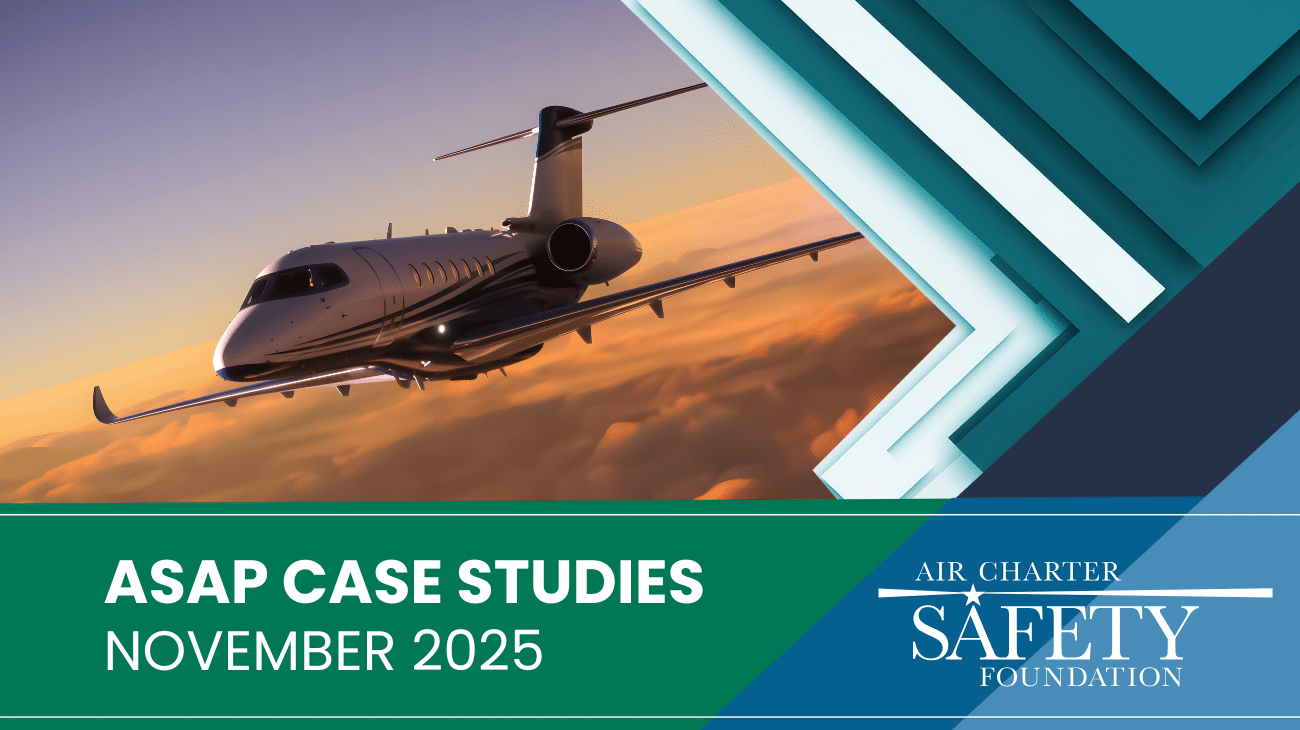Safe aircraft operation is a carefully choreographed series of activities starting before arrival to the airport and continuing through the end of the flight day. Just like an orchestra playing a concert, everyone needs to take their ques from a single conductor to achieve the desired outcome.
The Importance of Knowing the Roles
The role of the Pilot in Command (PIC) is defined by the Federal Aviation Administration (FAA) as being “….directly responsible for, and is the final authority as to, the operation of that aircraft.” Furthermore, to comply with the regulations, any holder of an Air Carrier Certificate must specifically designate one pilot as the PIC for each flight. This person is the conductor of flight activities including those in, around and outside the aircraft. Thus, one would think there would be no ambiguity about who is in command. Unfortunately, that is not always the case.
In situations where both pilots are qualified to be designated as the PIC, meaning they hold a captain designation with their employer, things can get blurry. There have been many flights that departed with two captain qualified pilots aboard where something such as catering, lavatory service, water service, covers removal, or even fueling was missed due to the lack of role clarity. Of course, the easy solution is to clearly define who and what each will be responsible for before the start of a flight sequence, but execution is harder than one would think. To complicate things, it is not uncommon for pilots in this situation to alternate roles of PIC and Second in Command (SIC). This can be done safely, but it is very important to accomplish a few boundaries such as:
When will the roles alternate?
While leg-for-leg may seem “fair”, it does not provide a clear switch over point. For example, who does the post flight walk-around, orders fuel, coordinates, lavatory and water servicing, or enters discrepancies in the maintenance log? Is it the PIC from the last leg or the next. If there is a strong desire to alternate roles, the best break point is on a day-for-day basis. With the aircraft in a “cold and dark” condition, it is very clear what the aircraft status is and where you are starting from.
Coordinate with your company to ensure the records match
If you work for a charter company, the flight manifest must accurately represent the duty positions assigned to each crewmember. If they don’t, and an unforeseen situation occurs, there may be some unpleasant questions to answer by the designated PIC regardless of their role or seat they were in.
Don’t cross over roles, even just a little
Once it is clearly established who is PIC and SIC respectively, doing something out of the normal will disrupt the normal flow and risk oversight. It is tempting to just sign for the fuel or some other service, but as soon as confusion enters the equation, errors can too. Pilots are habitual by nature and the “trigger” for one action is often something else in a routine. If you cross pollinate the roles, something will inevitably get dropped.
Include the cabin crew if applicable
Cabin crew have distinct roles in the operation of the aircraft and like pilots, trigger their actions from other events. If there is confusion as to who is PIC, it could affect them too.
Obviously, aircraft can be operated very safely with two captain qualified pilots in the same aircraft, but it does warrant a few extra minutes of discussion to clearly define some guardrails.





